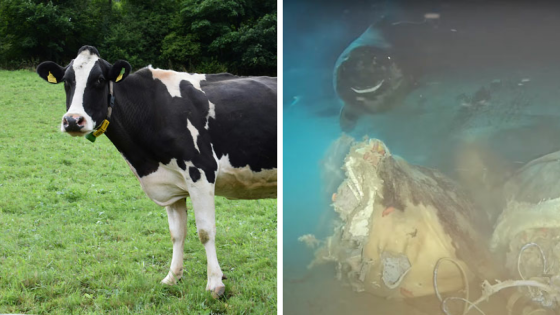A recent marine research experiment aimed at simulating a whale carcass falling to the ocean floor has taken an unexpected turn. Conducted by a team from Sun Yat-sen University and the Southern Marine Science and Engineering Guangdong Laboratory in China, the study sought to observe how scavengers interact with a sudden influx of biomass. However, on July 10, 2025, the experiment was hijacked by non-native animals that devoured the bait before researchers could analyze it.
- Experiment aimed to study whale carcass effects
- Pacific sleeper sharks sighted in South China Sea
- Sharks displayed civil feeding behavior observed
- Researchers noted eye retraction adaptation
- Online reactions focused on sharks' "smiles"
- Study raises questions about marine species distribution
Video footage captured by deep-sea monitoring equipment revealed the surprising presence of Pacific sleeper sharks in the South China Sea, a region typically too warm for these northern dwellers. While the experiment did not achieve its original goal, it provided fascinating insights into animal behavior and distribution.
This incident highlights the complex dynamics of marine ecosystems. Why are these northern sharks appearing in warmer waters? The findings prompt further investigation into environmental changes affecting marine life. Key points include:
- The first confirmed sighting of Pacific sleeper sharks in the South China Sea.
- Unexpected behavior among sharks, indicating a possible queuing system during feeding.
- Concerns about shifting oceanic conditions and their impact on species distribution.
As scientists delve deeper into these findings, the need for comprehensive studies on marine life and their habitats becomes increasingly critical. Will we uncover more surprises beneath the waves?
































